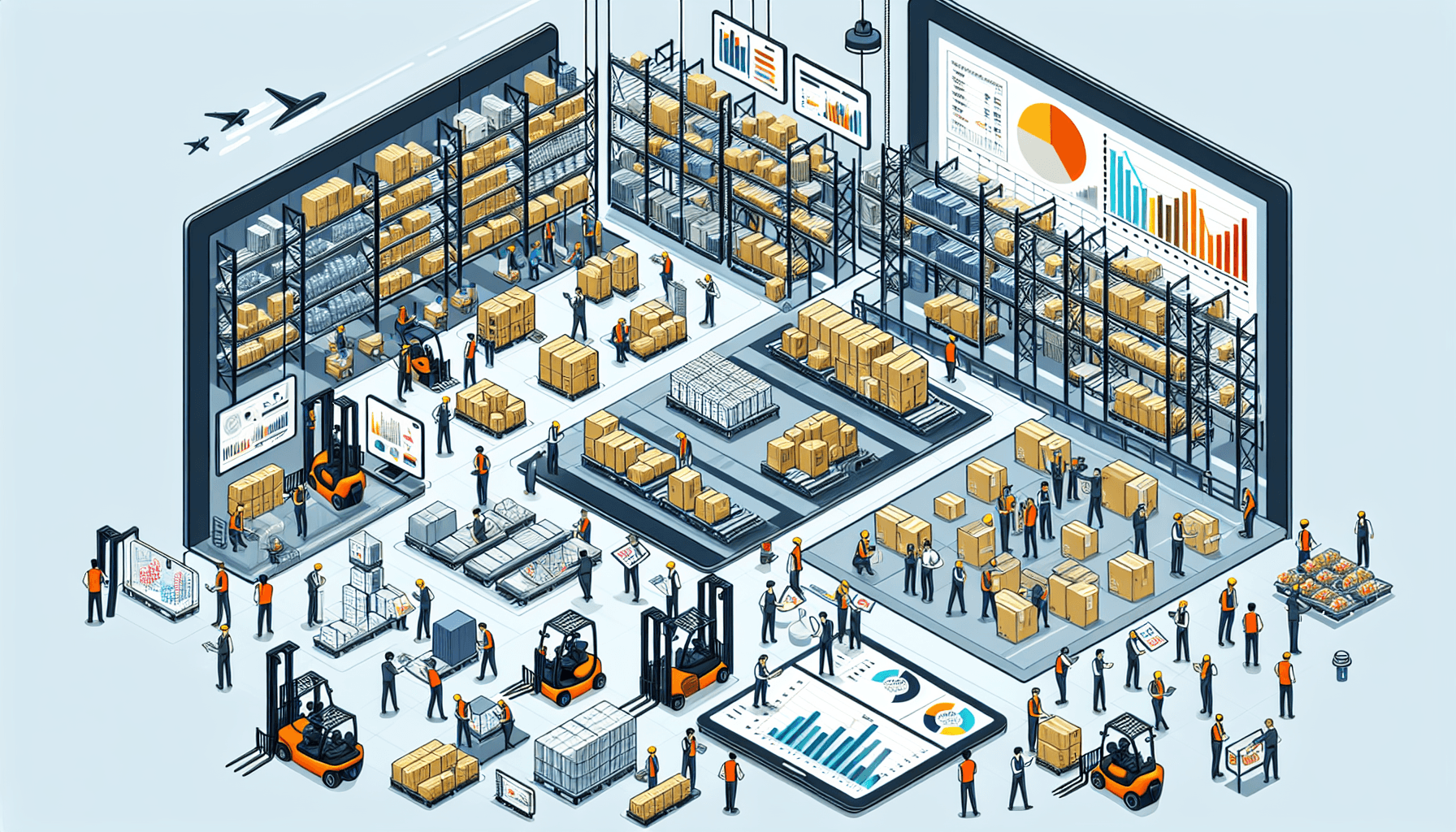Warehouse labor costs can significantly impact the overall profitability of a business. It is essential for warehouse managers and operators to analyze and understand these costs to identify areas for improvement and cost savings. Effective analysis of warehouse labor costs can lead to increased productivity, efficiency, and ultimately, improved bottom-line results.
The Importance of Analyzing Warehouse Labor Costs
Understanding the components of warehouse labor costs is crucial for making informed decisions and implementing strategies that optimize warehouse operations. By analyzing these costs, companies can:
- Identify cost-saving opportunities
- Improve resource allocation
- Enhance labor productivity
- Identify training and development needs
- Optimize staffing levels
An effective approach to analyzing warehouse labor costs involves a combination of data collection, analysis, and implementation of improvement strategies. Let’s explore each of these steps in detail.
Data Collection
Collecting accurate and detailed data is the first step in analyzing warehouse labor costs. It is important to track and record data related to:
- Employee hours worked
- Productivity levels
- Staffing levels
- Overtime hours
- Training and development initiatives
Utilizing a workforce management system or software can simplify the data collection process and provide real-time insights into labor-related metrics. This data serves as a foundation for further analysis and decision-making.
Data Analysis
Once the necessary data has been collected, it’s time to analyze the information to identify patterns, trends, and areas for improvement. Key areas to focus on during the data analysis stage include:
- Productivity analysis: Evaluate the efficiency and productivity levels of warehouse staff by comparing actual output with expected output or industry benchmarks.
- Overtime analysis: Assess the frequency and reasons for overtime hours, identify any potential bottlenecks or inefficiencies that lead to overtime, and explore strategies to minimize overtime costs.
- Training analysis: Review the impact of training and development initiatives on employee productivity and identify any gaps in skills or knowledge that may be affecting performance.
- Staffing analysis: Analyze staffing levels to ensure optimal allocation of resources. Identify peak periods and consider implementing strategies such as cross-training or flexible scheduling to address fluctuating demands.
Furthermore, it is important to compare labor costs against key performance indicators (KPIs) to evaluate overall warehouse performance. KPIs such as order accuracy, order fulfillment rates, and inventory accuracy can provide valuable insights into the effectiveness of labor management practices.
Implementation of Improvement Strategies
Based on the findings from data analysis, it’s time to implement improvement strategies to optimize warehouse labor costs. Some effective strategies include:
- Workflow optimization: Streamline warehouse processes and eliminate any unnecessary steps or bottlenecks that could impede productivity.
- Employee training and development: Provide ongoing training to enhance the skills and knowledge of warehouse employees, enabling them to perform their tasks more efficiently.
- Labor scheduling: Implement effective labor scheduling practices to ensure the right number of employees are available during peak periods and avoid idle time during slower periods.
- Automation and technology: Utilize warehouse management systems, robotics, and other advanced technologies to automate routine tasks, improve efficiency, and reduce labor requirements.
By continuously monitoring and measuring the impact of these improvement strategies, warehouse managers can ensure ongoing optimization of labor costs and overall warehouse performance.
To further aid in the analysis of warehouse labor costs, partnering with a reputable warehouse optimization solutions provider like HCO Innovations can be invaluable. HCO Innovations offers comprehensive warehouse cost analysis services that can help businesses identify cost-saving opportunities, optimize labor management practices, and achieve overall operational efficiency. To learn more about warehouse cost analysis and how HCO Innovations can assist your business, click here.
In conclusion, analyzing warehouse labor costs is critical for improving productivity, optimizing resources, and ultimately, driving profitability. Proper data collection, analysis, and the implementation of improvement strategies are essential steps towards achieving these objectives. By adopting a proactive approach to warehouse labor cost analysis, businesses can stay competitive and achieve long-term success in their operations.

